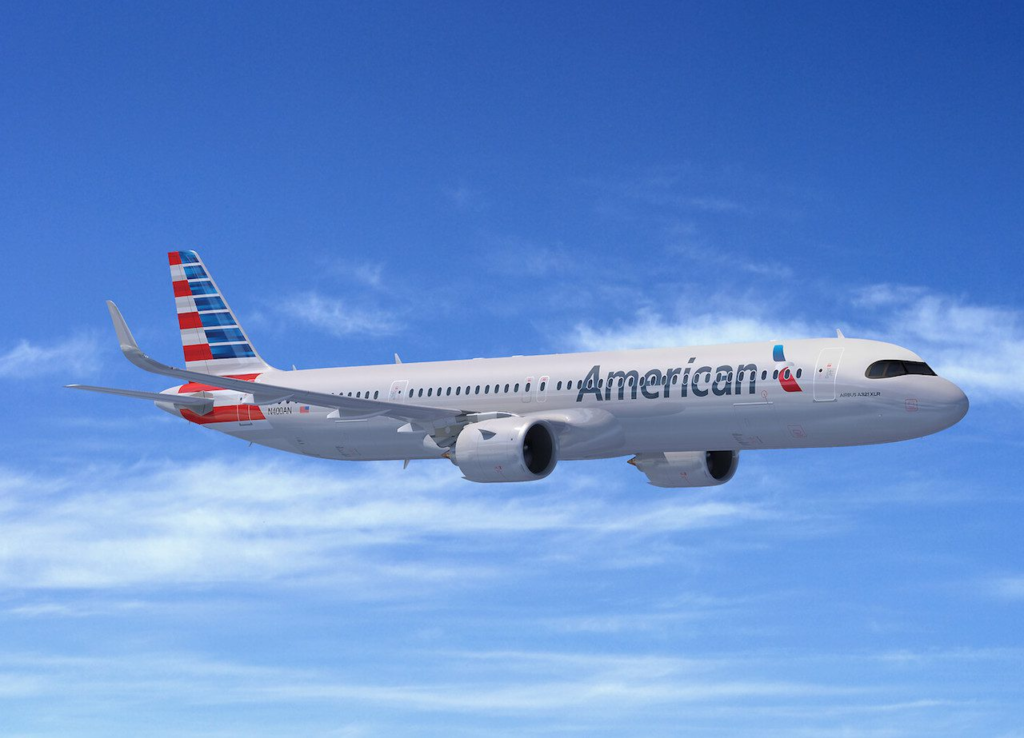TEXAS- American Airlines (AA) has entered into an agreement to sequester 10,000 tons of carbon dioxide underground, aligning with the airline’s efforts to mitigate pollution contributing to climate change.
This milestone represents the inaugural significant collaboration for Graphite, a startup supported by Bill Gates, pioneering advanced technology to address environmental challenges.

Emission Drawdown
“Startups in the same space are providing services to major brands aiming to reduce their planet-heating emissions. These ventures are actively developing technology designed to extract CO2 from the air or seawater.
However, the equipment required for this process is prohibitively expensive, hindering its scalability and effectiveness in substantially impacting carbon emissions.
This development represents a significant milestone for Graphyte, a startup supported by Bill Gates and focused on pioneering cutting-edge technology. What sets Graphyte apart is its adoption of a seemingly straightforward process to permanently store carbon underground, presenting a more cost-effective strategy compared to its counterparts.
With American Airlines as its inaugural customer, Graphyte has the opportunity to demonstrate the potential success of its technology in overcoming challenges faced by other carbon credit schemes.
Graphyte asserts that it can capture carbon at a relatively low cost of $100 per ton. In contrast, the largest existing carbon dioxide removal plant, serving companies such as Microsoft, Stripe, and Shopify, charges around $600 per ton.
The financial implications of carbon removal costs become apparent since American Airlines generated approximately 49 million metric tons of carbon dioxide in 2022.
Experts in the industry often cite $100 per ton as the target for achieving affordability in scaling carbon removal technology. Graphyte attributes its success in reaching this goal to significantly lower energy consumption than its competitors.
The operational energy requirements of machines extracting CO2 from the atmosphere or oceans typically contribute to high costs, posing a challenge that Graphyte claims to address by minimizing energy usage.”

Carbon Casting
Graphyte Introduces ‘Carbon Casting’ Technique to Preserve Plant Matter and Combat CO2 Emissions: A unique approach by Graphyte involves ‘carbon casting,’ a method akin to mummifying plant matter. This process prevents biomass decay, averting the release of carbon dioxide absorbed during the plants’ photosynthetic life.
The company initiates the procedure by gathering biomass sourced from agricultural and timber production waste. Subsequently, the plant material is dried to eliminate moisture and microbes, preventing decomposition.
To ensure sustained preservation, the dried biomass is compacted into bricks and enveloped in an environmentally safe, impermeable barrier. Graphyte asserts that this method can store the plants’ captured carbon dioxide for a thousand years when buried underground.
The inaugural implementation of this approach for American Airlines will occur at Graphyte’s facility in Pine Bluff, Arkansas, with financial support from Gates’ climate investment firm, Breakthrough Energy Ventures.
The agreement entails Graphyte capturing and storing 10,000 tons of carbon for American Airlines by 2025, accompanied by the issuance of carbon removal credits for each ton sequestered.
These credits, resembling those tied to forests or tree planting initiatives, have faced criticism for their perceived inadequacy in delivering tangible reductions in greenhouse gas pollution.
As emerging credit markets for CO2 removal methods, such as carbon casting, evolve, the challenge lies in demonstrating accurate accounting—proving that these projects genuinely and permanently trap CO2 that would otherwise enter the atmosphere.
Stay tuned with us. Further, follow us on social media for the latest updates.
Join us on Telegram Group for the Latest Aviation Updates. Subsequently, follow us on Google News.

